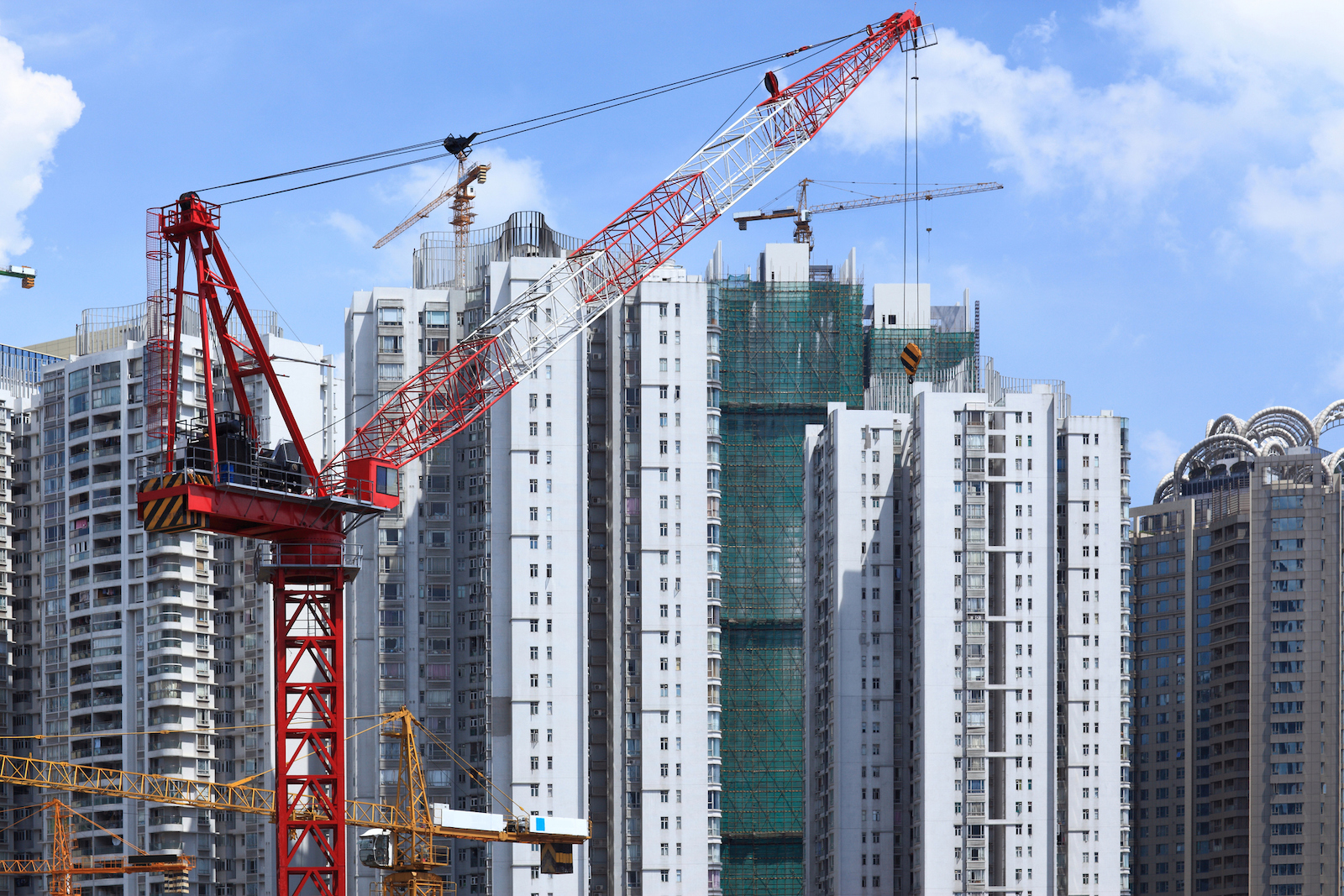(ATF) Recovery is widening in the world’s second largest economy – the first one hit by the coronavirus and the first to rebound – and beginning to even out as China’s laggard provinces start to catch up with the national average.
The Covid pandemic has shown up marked differences between provinces in China as the impact of lockdown measures and weaker export performance has varied with the duration and recovery from the shock differing across the country.
The economies of regional and local governments (RLGs) ended 2020 with substantial disparities and provinces that recorded the greatest growth declines in 2020 – Hubei, Henan, Beijing, Shanghai, Fujian and Jiangxi – had the most severe outbreaks of coronavirus infections and subsequent lockdown measures, according to Moody’s Investors Service.
These provinces also had greater exposure to the private enterprise sector and export markets, it said.
Provinces that experienced less impact on growth were Yunnan, Guizhou, Shaanxi, Sichuan, Anhui, while those reporting the smallest decline in growth were Xinjiang, Ningxia, Shanxi, Gansu, Guangxi, Hainan, Shandong, Jilin and Tibet.
But as the recovery has strengthened in magnitude it has also broadened out, Shehzad Qazi, managing director at China Beige Book International told Asia Times Financial Television.
“The nature of the recovery seems to be transforming from what we saw last year. Number one, it’s becoming more even. So whereas last year, the economy was recovering on the back of the richer provinces, the major metropolitan areas doing well, and other parts of the country were lagging behind, this quarter we’re seeing that some of the more far-flung lesser developed poor parts of the country are beginning to catch up and doing just as well, if not better than some of the larger metropolitan areas,” Qazi said.
He added that the economy is also becoming healthier and it was not just industry leading the rebound, at least in the first quarter of 2021.
However, it was not smooth sailing for the economy last year, when growth fell to 2.3 from 6% in 2019.
This year, the International Monetary Fund anticipates China’s economy will grow by 8.1% as the country puts the pandemic behind it. That is likely to outstrip the US, which is tipped to see 5.1% growth, plus the euro area, likely to expand by 4.2%, and Japan, which is forecast to see 3.1% growth.
Services sector still sluggish
“While the Chinese consumer side of the economy is doing better than it had in previous quarters, the interesting thing here is that we don’t see a similar ramp-up, a similar strong performance on the services side of the economy,” said Qazi.
“So there are lots of questions then about the overall state of the consumer economy, the overall state of the consumption economy and how strong it really is, because we’re not seeing services come up and take the kind of lead, that we need it to.”
China’s sluggish recovery in domestic consumption is a weight on the global resurgence both in terms of the country’s growth and its demand for products from exporting countries. On the other hand, robust demand from other developed economies had breathed life into China’s economy.
The reopening of developed economies has bolstered demand for home electric appliances, vehicles and automatic data processors, boosting total Chinese exports by 60.6% year-on-year to $468.87 billion in the January-February period, according to government data.
So it may be too early to say that China is driving a commodity supercycle — decade-long periods in which commodities trade above their long-term price trend.
“Major investment banks were putting out quite a lot of reports and so far more than the narrative was that there’s going to be a commodity supercycle and most importantly, it was going to be China that would drive this commodity super-cycle, [but] now China Beige Book data just simply do not show that to be the case,” Qazi said.
“The other side is also, what’s going on with the property market? And when we looked at the property sector data we said, ‘Look, the property market is very clearly cooling off’.
“So the results just do not support the idea of there being some kind of China-driven commodities super-cycle, which of course has lots of implications for countries like Australia, or even far-flung places like Brazil, [as] they export iron ore and other raw goods and that ultimately China consumes to produce its various metals, whether it’s aluminium, whether it’s copper, and so forth.”
Targeting debt in property sector?
Meanwhile, the government has moved to curb debt-fueled expansion in the real estate sector as part of a broader push to refocus on financial risks, with the top banking regulator recently expressing concern about property bubbles.
And this may be bearing fruit in some part.
China’s total credit grew by 3.34 trillion yuan in March and 10.24 trillion yuan in 1Q21, down 873 billion yuan from 1Q20. But yuan loans grew by 7.91 trillion yuan in 1Q21, which was an increase of 659 billion yuan from 1Q20.
This gap is explained by a decline in shadow banking activities, including trust loans, entrusted loans, and lower fund raising from corporate bonds and stocks.
“In this particular quarter, we’re seeing tentative signs of deleveraging. So, as you said, we are seeing a drop in borrowings, most importantly, not only just the sectoral differences. But we saw state firm borrowing at a historic low – we saw large firm borrowing at half a decade low. Interest rate differential between what private firms are paying, estate firms are paying, at least on paper, was rather massive.
“So it seems like that there, perhaps, may be an early attempt at deleveraging. Now it’s just a quarter, it’s hard to say, you know that .. China is much more serious about cutting back on, or tackling the debt problem.”
























